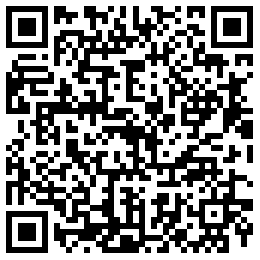|
| Abstract: |
| Evidence-based practices of public health will benefit from quantification of passive physical activity assessment. This study aims to investigate the reliability of marker-free system (MFS) such as Microsoft Kinect in measuring upper extremity motion from different angles. Ten healthy participants performed elbow and shoulder extension/flexion along frontal and median anatomical planes for ten pace-controlled repetitions, during which the spatiotemporal positions of upper extremity joints were concurrently recorded by two sensors from 0° and 45° viewing angles. Reliability between the two sensors were evaluated using Pearson correlation coefficient, intra-class correlation coefficients, and 95% limits of agreement and coefficient of variation. Worse reliability was observed when possibility of occlusion was higher. However, better reliability was found when longer observation interval (10 s) was used as elementary measuring unit than shorter observation interval (2 s). The overall angular reliability of activity as displacement or changes in angle was not satisfactory. The results are expected to inform the industry for the extension of MFS to clinic applications. |
| Key words: physical activity passive assessment marker-free motion tracking system intra-class correlation coefficients limits of agreement |
| DOI:10.11916/j.issn.1005-9113.jhit2019033 |
| Clc Number:TU18 |
| Fund: |
|
| Descriptions in Chinese: |
| 无标记运动追踪系统用于被动式物理运动量评估的信度研究 杨彪1,段可维2,姚晚侠3 (1 哈尔滨工业大学(深圳)建筑学院,广东 深圳 518055;2. Smartia Ltd. 布里斯托尔,英国;3. 西安交通大学第一附属医院,西安 710061) 创新点说明:本研究尝试将无标记运动追踪系统用于被动式物理运动量评估;实验过程中引入额外的机械震动以消除多台运动追踪系统之间的信号干扰;从技术改进和应用方式两方面提出了的后续研究的方向。 研究目的: 被动式物理运动量的定量评估可用于辅助循证医学和循证设计,本研究旨在探索无标记运动追踪系统(例如微软的Kinect®)从不同角度定量评估上肢运动量的测量信度。 研究方法: 十名健康被试者沿着横纵两个解剖学平面,分别进行十次规律性的肘部和肩部的伸展和弯曲运动,同时从0°和45°观察角对上肢关节的位置进行同步测量,并通过皮尔逊相关系数、同类相关系数、95%的一致性界限和变异系数4个参数对信度进行检验。 研究结果: 结果表明,观察角为45°时的信度较差,不足以对物理运动量进行评估。远离运动追踪系统的一侧,由于遮挡的原因数据信度更低。但当运动量以10s为时间单元进行累计时,信度较2s有比较明显的提高。 结论: 无标记运动传感器作为被动式物理运动量评估的工具,其信度尚不足以用于循证医学或循证设计。减少遮挡或提高累计时间单元有助于提高运动量数据的总体质量。 关键词:物理运动量;被动式评估;无标记运动追踪系统;同类相关系数;一致性界限 |




